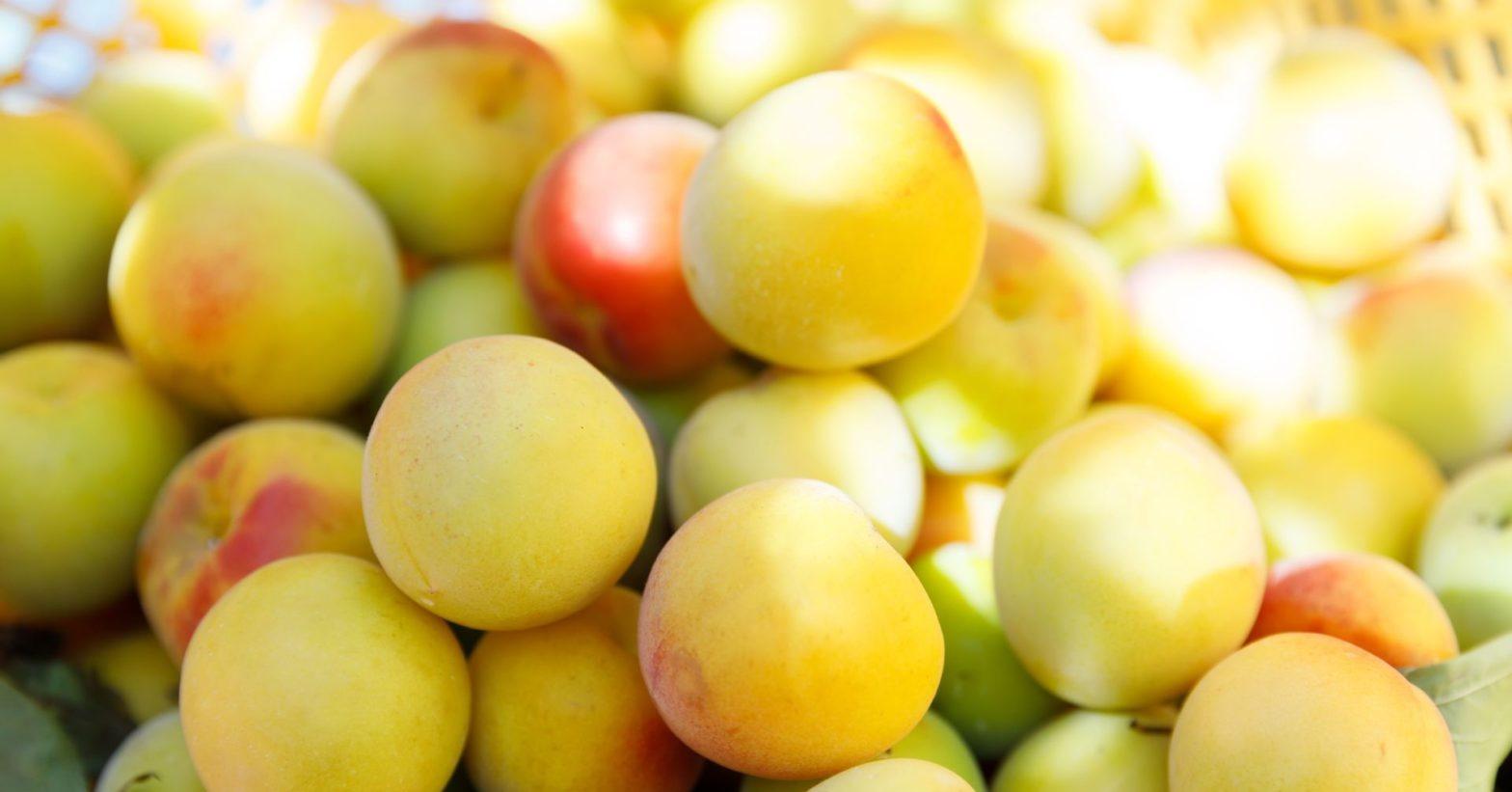Are you curious to know what is ume? You have come to the right place as I am going to tell you everything about ume in a very simple explanation. Without further discussion let’s begin to know what is ume?
Ume, a term resonating with Japanese culture and cuisine, holds a unique significance in various forms. In this comprehensive exploration, we uncover the essence of Ume, exploring its identity as a fruit, its cultural connotations in Japan, and its transformation into the beloved Ume plum vinegar.
What Is Ume?
Ume, scientifically known as Prunus mume, is a species of fruit-bearing tree native to East Asia. The fruit, resembling a small apricot, is renowned for its vibrant flavor and aromatic profile. Ume plays a multifaceted role, not only as a culinary ingredient but also as a cultural symbol in Japan.
Key Characteristics:
- Small, round fruit with a distinct sour taste.
- Blossoms heralding the arrival of spring.
- Cultivated for centuries in East Asian countries.
What Is Ume Fruit?
The Ume fruit, often referred to as Japanese apricot, stands out for its versatility in both sweet and savory dishes. With a tangy and slightly sour taste, the Ume fruit lends its unique flavor to a variety of traditional Japanese recipes, including pickles, sauces, and beverages.
Culinary Applications:
- Umeboshi: Pickled Ume fruits.
- Umeboshi paste: Condiment with a concentrated Ume flavor.
- Ume-based sauces for savory dishes.
What Is Ume In Japanese?
In Japanese, Ume (梅) refers not only to the fruit but also carries cultural significance. The Ume blossom, with its delicate pink and white petals, symbolizes endurance and vitality. The arrival of Ume blossoms in early spring is celebrated with festivals, marking the end of winter and the beginning of a new season.
Visit Ofstype to Get to know about more concepts like this.
Cultural Symbolism:
- Ume Matsuri: Ume blossom festivals.
- Ume trees in traditional gardens and shrines.
- Representation in poetry and art.
What Is Ume Plum Vinegar?
Ume plum vinegar is a popular condiment derived from the fermentation of Ume plums. This vinegar boasts a unique blend of tartness and umami, making it a sought-after ingredient in Japanese cuisine. Ume plum vinegar is not only used for its distinct flavor but is also believed to have potential health benefits.
Versatile Uses:
- Salad dressings and marinades.
- Flavor enhancer for soups and stews.
- Preservative in pickling Ume fruits.
Conclusion:
In conclusion, understanding what Ume is reveals a rich tapestry of flavors, cultural significance, and culinary versatility. From the humble Ume fruit gracing traditional dishes to the symbolic importance of Ume blossoms in Japanese culture, this enigmatic fruit has woven itself into the fabric of East Asian heritage. Whether relishing the tang of Ume plum vinegar or marveling at the delicate beauty of Ume blossoms, the exploration of Ume transcends mere culinary curiosity, offering a glimpse into the profound connections between nature, culture, and cuisine.
FAQ
What Is Ume In Japanese?
Originally introduced from China, the Japanese plum (梅, ume; sometimes referred to as Japanese apricot) has played an important role in Japanese culture for many centuries. Its popularity was eventually surpassed by that of the cherry tree.
Are Ume Plums Edible?
They are not for eating but are used to make condiments, pickles, and drinks such as Umeboshi (pickled plums), Japanese plum wine (Umeshu), Ume miso, and more. It’s a well-known superfood high in citric acid but is on the decline among the younger population.
What Flavor Is Ume?
Ume are chemically and gastronomically unique, similar to apricots in fragrance, oranges in color, and berries in acidity. Once you taste them, you’ll agree that there’s nothing quite like ume. Nanko-ume is the premier variety of ume, featuring a rich, apricot-like aroma and tart fruity flavor.
Is Ume A Plum Or Apricot?
Ume (Prunus mume) is a species of fruit-bearing tree in the genus Prunus, which is often called a “plum”, but is actually more closely related to the apricot.
I Have Covered All The Following Queries And Topics In The Above Article
What Is Ume Fruit
What Is Ume In Japanese
What Is Ume Plum Vinegar
What Is Ume?
What Is Ume
